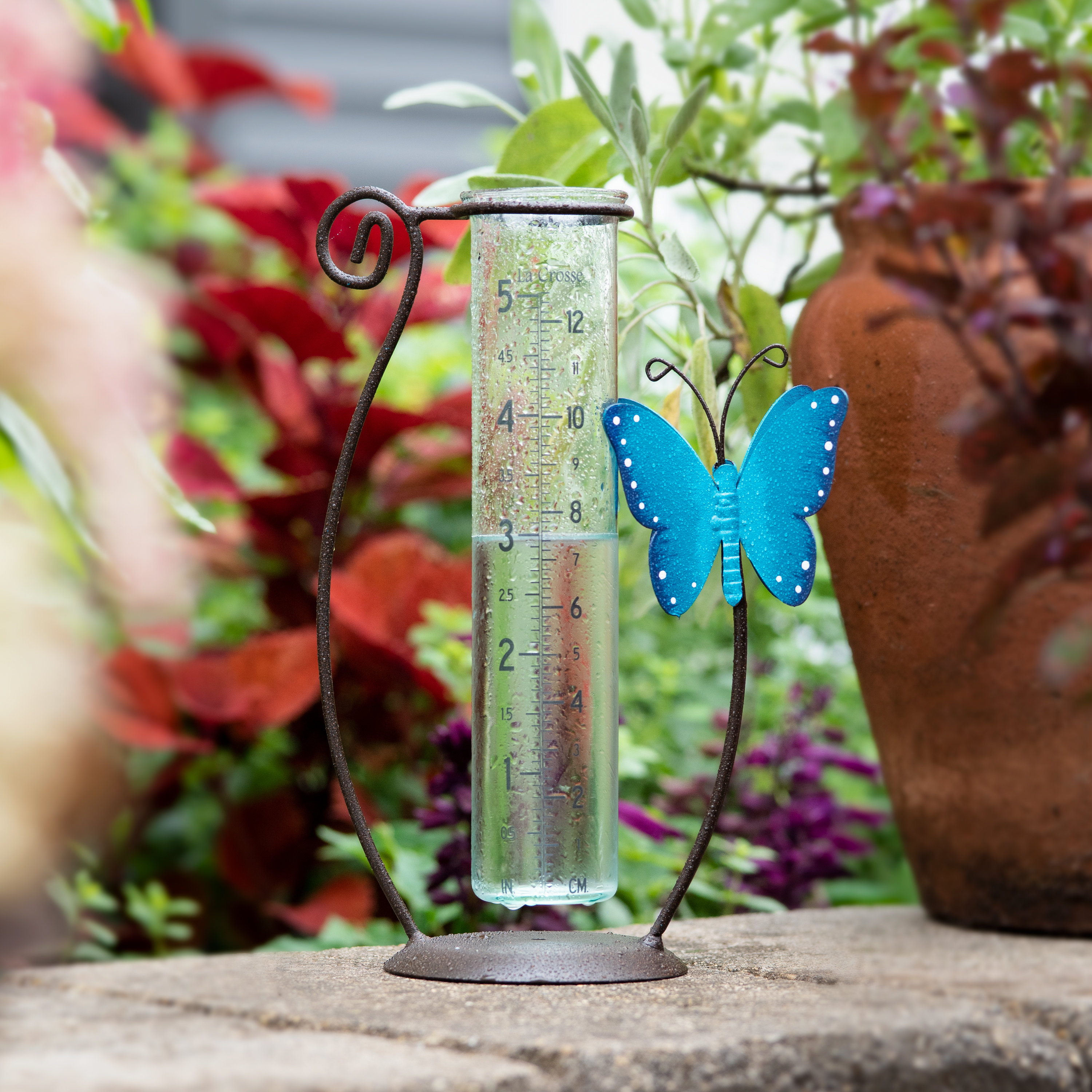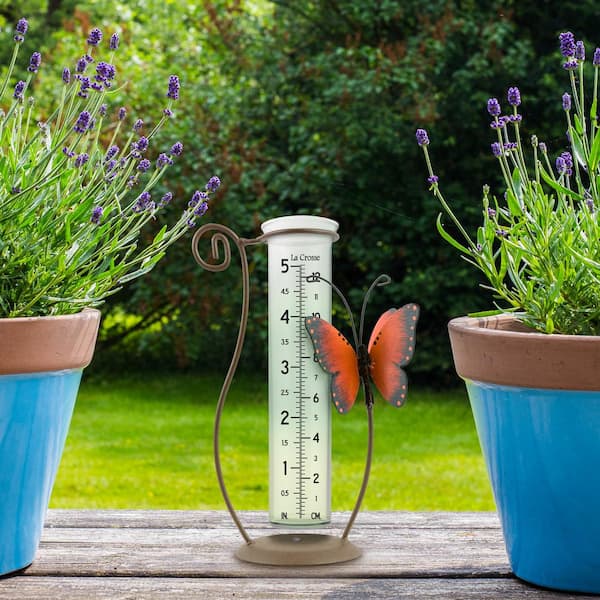The Rain Gauge: An Essential Tool for Keeping Track Of Rainfall Degrees
Wiki Article
Understanding Rain Gauge Measurements: A Full Guide
Recognizing Rainfall Gauge Dimensions: A Complete Guide is a thorough resource for any person looking for a deeper understanding of rain gauge measurements. Whether you are a professional in the area or simply have an interest about rains measurement, this guide will equip you with the understanding required to effectively use rainfall gauge dimensions.The Relevance of Rain Gauge Measurements
The value of rainfall gauge measurements depends on their role as an important tool for properly analyzing and monitoring precipitation levels - The Rain Gauge. Rain gauge dimensions supply valuable information that assists meteorologists and hydrologists comprehend patterns and fads in rains, which in turn aids in different areas such as agriculture, water resource administration, and climate research study
Accurate rainfall measurements are essential for farming as they aid in determining watering requirements, plant development, and return predictions. Farmers rely upon this info to make educated decisions regarding when to sprinkle their crops, avoiding water wastage and making sure optimal plant health and wellness. Additionally, rains data assists in analyzing the effect of dry spells or excessive rainfall on plant manufacturing, allowing farmers to take proper procedures to decrease losses.
Water resource monitoring greatly counts on rainfall scale dimensions to figure out the amount of water offered in rivers, lakes, and tanks. Precise dimensions enable water supervisors to make informed choices concerning water allocation and distribution, making sure lasting usage and protecting against shortages. This info is particularly important in areas where water shortage is a pushing concern.
Furthermore, rainfall gauge measurements play an important function in climate research. By accurately gauging rainfall over extended durations, scientists can examine lasting environment patterns and identify adjustments in rainfall patterns because of environment modification. This data aids scientists and policymakers develop approaches to adapt to and reduce the impacts of environment adjustment.
Sorts Of Rainfall Gauges
There are numerous sorts of rain evaluates made use of to measure rainfall properly. Each kind has its own benefits and constraints, making them suitable for different objectives and atmospheres.One of the most usual sort of rain scale is the standard cylindrical gauge. It contains a round container with a broad funnel-shaped top to gather rainwater (The Rain Gauge). The water is after that channelled right into a graduated determining tube, enabling exact dimension of the quantity of rains
Another kind is the considering rainfall scale. Evaluating rain assesses are especially helpful in locations with frozen rainfall or heavy rainfall, as they are not impacted by splashing or evaporation.
Tipping bucket rain gauges use a mechanism that suggestions a tiny container each time it collects a particular quantity of rain. The variety of pointers is videotaped and made use of to compute the rains. This type of gauge is commonly utilized in automated weather stations because of its low upkeep needs and ability to offer real-time information.
Finally, there are radar-based rainfall evaluates that use radar innovation to approximate rainfall. These determines measure the intensity of rains in a certain location by analyzing the reflected radar signals. They are especially useful for determining precipitation over huge locations or in remote locations.
Just How Rain Gauge Measurements Job
Rainfall gauge dimensions are based on the concept of collecting and measuring the quantity of precipitation. These tools are made to catch rainwater and supply an accurate dimension of the rains in a specific location.The most common kind of rain gauge is the conventional cylindrical scale. It consists of a cylindrical container with a broad opening at the leading to gather rainwater. The accumulated water is then channelled into a gauging tube, which is calibrated to give the dimension in systems of length, typically inches or millimeters.
One more kind of rainfall scale is the tipping container scale. When they get to a certain weight threshold, it makes use of a seesaw-like mechanism with 2 containers that tip. Each idea of the bucket represents a details volume of rains, permitting exact measurements.
Some advanced rain assesses are outfitted with electronic sensors that automatically document and send information. These sensors use different modern technologies such as ultrasound or laser to measure the quantity of rainfall properly.
Factors Impacting Rainfall Scale Precision
Ecological variables such as wind, temperature, and climatic stress can significantly affect the accuracy of rain gauge dimensions. Adjustments in atmospheric stress can additionally affect the accuracy of rain gauge measurements, as they can modify the price at which rains is accumulated.Functional variables, on the various other hand, refer to elements associated with the style, setup, and upkeep of the rainfall scale. The positioning of the rainfall scale in an area with obstructed air movement or near structures or trees can result in unreliable analyses because of blockage or splattering of rains. In addition, improper calibration or uneven upkeep of the rainfall scale can additionally influence its accuracy.
To make sure the accuracy of rainfall scale dimensions, it is necessary to consider these variables and blog take appropriate measures. This may involve selecting a suitable location for the rainfall gauge, ensuring appropriate installment and upkeep, and on a regular basis calibrating the tool. By resolving these elements, reputable and exact rains dimensions can be gotten, which are vital for numerous applications such as weather projecting, hydrological research studies, and farming.
Tips for Accurately Measuring Rain
To ensure exact rainfall dimensions, it is important to execute specific strategies and methods when using a rain gauge. Here are some suggestions for precisely determining rains:Correct Placement: Place the rainfall gauge in an open location, far from trees, structures, and various other obstructions that might interfere with the rainfall collection. It must be positioned on a level surface to avoid water merging or drainage.

Review the Range Properly: When taking measurements, reviewed the water level at eye degree from the base of the meniscus. Prevent parallax errors by aligning your sight directly with the water degree.
Regular Time Interval: Establish a constant time interval for determining rainfall, such as every 24 hours or after each rainfall occasion. This ensures precise tracking and comparison of precipitation information.
Record Measurements Promptly: Tape-record rainfall dimensions asap after collection to avoid evaporation or splilling. Use a rain gauge with a built-in information logging attribute for automated recording.
Conclusion
In conclusion, recognizing rain scale dimensions is vital for properly measuring rains. It is crucial to take into consideration aspects that can impact the precision of rain gauge dimensions, such as wind, placement, and dissipation.Recognizing Rain Scale Measurements: A Total Guide is a comprehensive resource for any person seeking a deeper understanding of rainfall scale dimensions. Whether you are a check my reference specialist in the field or merely have an inquisitiveness regarding rainfall dimension, this guide will equip you with the knowledge needed to efficiently utilize rain scale dimensions.
The most typical type of rainfall scale is the typical cylindrical gauge.The most typical type of rain gauge is the discover this standard cylindrical scale.Another kind of rainfall gauge is the tipping container scale.
Report this wiki page